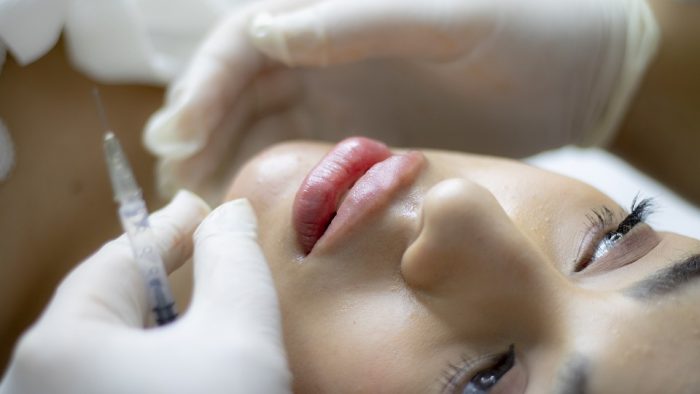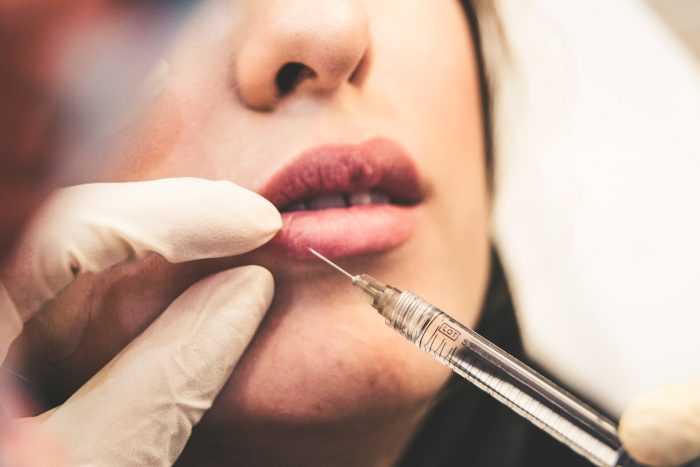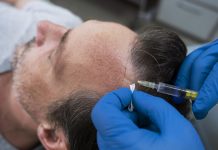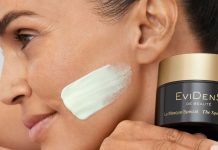Dermal fillers have long become a hot subject of reading and discussion, with a fair number of females making up their minds to try. It is believed to be a great attempt at taking away wrinkles and define your nose, lips, or the jaw line. Yet prior to getting up to have a go at them, there are several things you should know before getting fillers.

How do you decide on fillers or, alternatively, on botox?
Actually, first, you have to settle on the specific area you wish to refine upon. It’s dermal fillers if you desire to do work on some of the worst lines like laugh lines and other nasolabial ones, cheek lines, neck wrinkles, and around the jowl.
Now if you are not after static lines but dynamic ones, that is, ones that repeated facial expressions bring on – to name but a few, 11s (the vertical lines or wrinkles that can form between the eyebrows, specifically in the glabellar area), lines that appear on the forehead and around the eyes, you may think away from fillers along the lines of botox (a short term for botulinum toxin).
Dermal fillers come in what types exactly?
Many kinds of dermal fillers can be found, the most common ones being fillers to tend to lips, to flesh them out, to cheeks, to make them rounder and younger, ones to do away with wrinkles, and ones to give rhinoplasty (work on nose).
A while ago, the most used fillers were permanent (remember collagen?), but these days better known fillers belong to the hyaluronic acid (HA)-based types. They are better since HA is a natural substance for the human body.
What you can rely on dermal fillers for is as follows:
- rounding out cheeks that have fallen in
- smoothing out deep lines at the mouth and eye corners
- making lips look fuller
- shallowing chin creases
- reshaping face
General recommendations

If you have previously suffered from facial cold sores, there is a risk that the needle punctures could contribute to another eruption of cold sores. Let your physician assistant know if you are prone.
Do not use dermal fillers if you are pregnant or breastfeeding, are allergic to any ingredients, or suffer from neurological disorders.
Can you afford to keep getting dermal fillers?
To maintain the desired look, the procedure needs to be repeated every 6-24 months, with each treatment ranging in cost from $600 to $1,000, depending on the type and amount of filler used.
If you choose not to continue with the treatments, your skin may look just like its original state prior to the initial treatment. Considering the potential expenses, carefully assess whether you can afford to continue getting dermal fillers.
It is not necessarily better to begin early on
Actually, there is no call to employ fillers when your skin is young and resilient – if you start stretching it too early, it will grow laxer with the passing of time.
While some believe that if they start on botox early it can delay aging, it is not quite so. While the skin is still flexible and prevents the formation of wrinkles by itself, it may be worth your while just to watch over your facial expressions and, when you feel that lines appear between your eyes, relax the muscles.
What neurotoxins do is they immobilize muscles. As muscles get subjected to regular immobilization they atrophy; muscle mass begins to dwindle, and on the skin indentations begin to appear. Besides, multiple injections ruin the skin leaving scars.
How does a filler appointment proceed?
When you turn up for a Pure MD consultation, the specialist is going to inspect your medical history complete with medications you took and are taking. Also, the question of your aesthetic concerns will be broached.
After all the issues have been settled, your skin in the area will be cleaned and a topical anesthetic will be injected to diminish the aches and distresses of the process. When everything is ready the specialists inject the filler subcutaneously.
Most fillers produce an instantaneous effect, meaning you will be able to go back to your daily affairs as soon as the treatment is over. You are likely to be warned not to work out and not to overstrain yourself for the next 48 hours.
How long does it take to recover after getting dermal fillers?

One of the advantages of dermal fillers is that the recovery time is usually brief. You can typically return to work on the same day, and within two to three days, any swelling and redness should have subsided. This means you don’t need to plan extended time off or hide away – you can resume your regular activities without much downtime.
Is bruising a serious side issue?
After your dermal filler injections there can develop some bruising. Blackish and bluish spots are a very ordinary side effect – according to studies, dermal filler bruising can occur with more than half of patients; the bruises can stay for about a week in worst cases.
Among those susceptible to bruising will be:
- elderly persons whose skin is on the fragile side
- persons who have insufficient iron or vitamin C
- undernourished individuals
- patients who had a lot of alcohol the day before treatment
Go for a real medical setting
If you are intent on having fillers, do it in a professional place. You can get offers to try it in a salon, even at a party or at a friend’s place – you would do well to decline. With people who are not qualified for it there can be unexpected issues.
Distinguish between volume and texture
While fillers make you plumper, and neurotoxins deal with your wrinkles, they won’t do anything to your skin texture. If you wish to tackle acne, the roughness of the texture, discoloration, scars, big pores, you will have to resort to special treatment.
In terms of texture, you are advised to consider using stuff like vitamin A, antioxidants, peptides, AHAs which are targeted skincare actives and are capable of effectivity with texture and tone of which injectable fillers are not.
What issues can arise?
Look upon your face as a complicated grid of blood vessels covered by the skin. If an injection leaves bruising, discoloration, some bleeding, it’s nothing unusual. Swelling is also in order. Within a week it should all fade away.
What risks can entail?

Fillers tend to be based on substances that are contained in the body normally – unfortunately, it doesn’t follow that your body will agree. There may be risks like:
- acne and rash outbreaks
- an itching allergy
- lumps
- warm infected spots
If an inflammation sets in, your skin might grow darker through a phenomenon known as hyperpigmentation. Although it affects mostly colored patients, the effect can manifest with every type of skin.
Consider less-likely side effects
Rare phenomena include blindness and dying tissues. Fillers might build blocks in the arteries preventing free flow of the blood. In this case you must seek immediate professional assistance from dermatologists or other specialists.
Look for alternatives
Explore other non-surgical or surgical alternatives for achieving your desired results. Facial fillers may not always be the best option for everyone, and there may be other treatments that better suit your needs and goals.
Have realistic expectations
Have realistic expectations about the results of facial fillers. While they can enhance your appearance, they may not completely change your features or give you a dramatically different look. Be prepared for a subtle improvement rather than a drastic transformation.
Just how durable will the results be?

Botox®, Xeomin®, Dysport®, and suchlike neurotoxins interfere with nerve signals in order to stun muscles which leads to a temporarily smoothing of wrinkles formed by frequently repeated movements. The wrinkles will disappear or ease up for about half a year.
Dermal fillers are designed to deal with facial lines and depressions, volume shrinking owing to the skin growing old. They also take care of contouring and augmenting. The commonest filler, hyaluronic acid, is good for the period from half a year to a year and a half.
The longevity of your injected fillers can be prolonged with a maintained specific skincare treatment. Use antioxidants to minimize the degradation of collagen. Also, the production of collagen and elastin is stimulated with vitamin A and peptides that work to ensure a more salubrious extra-cellular skin matrix.










